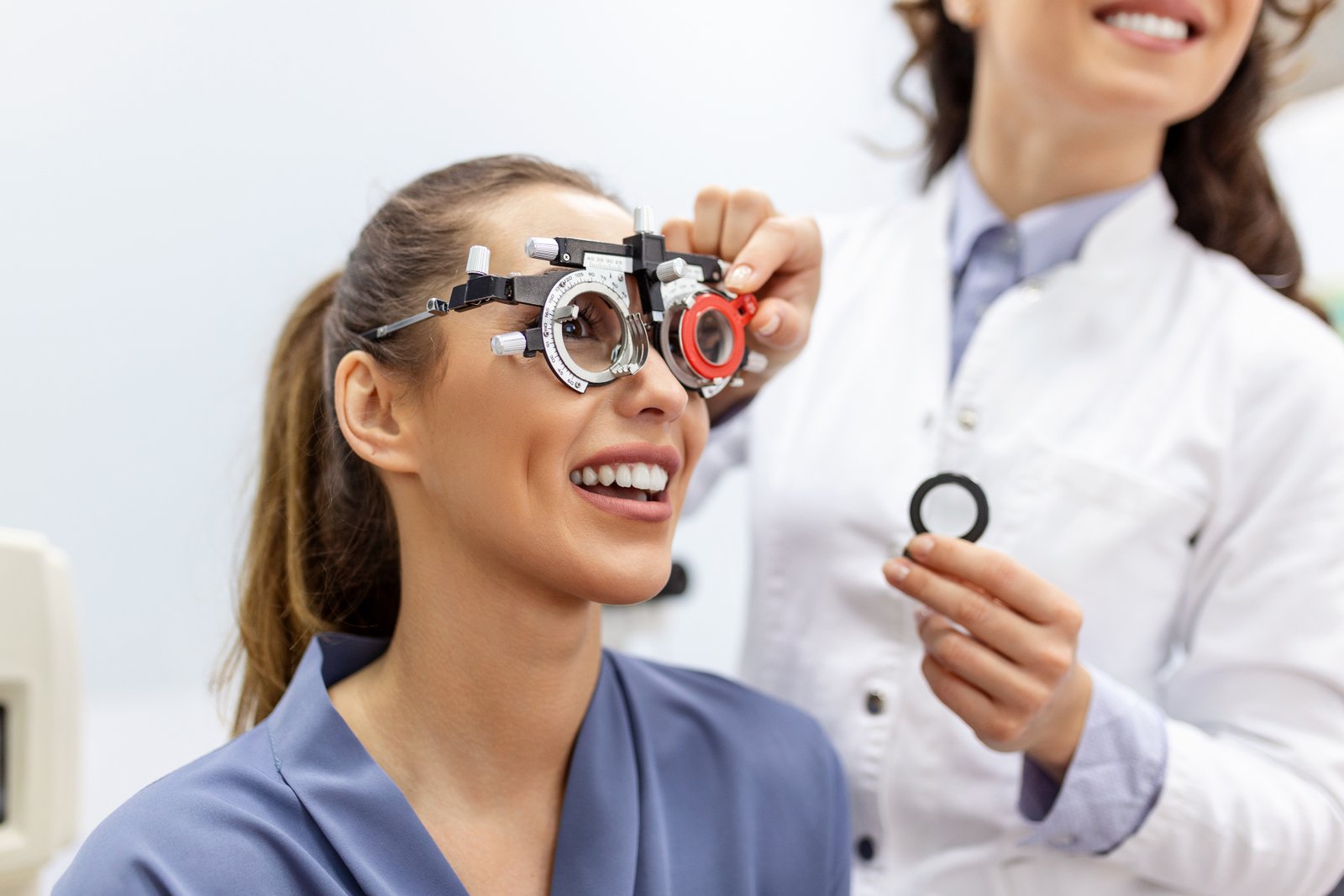Treatments
Cataract Treatment
Cataracts are a common eye condition that affects millions of people worldwide, particularly the elderly population. This condition occurs when the natural lens of the eye becomes cloudy, leading to impaired vision. Cataract treatment has evolved significantly over the years, with various effective options available today. In this comprehensive guide, we will delve into the causes, symptoms, and treatment options for cataracts, helping you make informed decisions about your eye health. Understanding Cataracts 1. What are Cataracts? Cataracts are characterized by the clouding of the eye’s natural lens, which lies behind the iris and the pupil. The lens of the eye is primarily made up of water and protein, and with age, some of the proteins may clump together, creating a cloud on a small area of the lens. Over time, this cloud may grow larger, making it harder to see. 2. Symptoms Common symptoms of cataracts include: - Blurred or dim vision - Increased sensitivity to light - Difficulty seeing at night - Fading of colors - Double vision in a single eye - Frequent changes in eyeglass or contact lens prescription Cataract Treatment Options 1. Non-Surgical Treatments In the early stages of cataracts, non-surgical treatments such as the use of anti-glare sunglasses, magnifying lenses, or brighter lighting may help alleviate symptoms. However, these are temporary solutions and do not stop the progression of cataracts. 2. Surgical Treatments When cataracts begin to interfere significantly with daily activities, surgery is usually recommended. Cataract surgery is one of the most common and successful procedures performed today. a. Phacoemulsification: This is the most common form of cataract surgery, where a small incision is made in the eye, and ultrasonic waves are used to break up the cloudy lens, which is then suctioned out. A clear artificial lens is then inserted. b. Extracapsular Surgery: This procedure involves removing the cloudy part of the lens through a long incision in the cornea, after which an artificial lens is inserted. Both procedures are generally safe and have a high success rate, with most patients experiencing a significant improvement in vision. Recovery and Aftercare Recovery from cataract surgery is usually quick, with most patients returning to their normal activities within a few days. It is important to follow your doctor’s post-operative care instructions, which may include using eye drops, wearing protective eyewear, and avoiding certain activities for a period of time. Cataracts are a treatable condition, and with the advancements in medical technology, patients today have access to safe and effective treatment options. If you suspect you may have cataracts, it is crucial to seek the advice of an eye care professional who can guide you through the diagnosis and treatment process. Remember, early detection and timely intervention are key to preserving your vision and improving your quality of life.

 Türkçe
Türkçe Русский
Русский Кыргызча
Кыргызча Arabian
Arabian Français
Français Deutsch
Deutsch Español
Español



